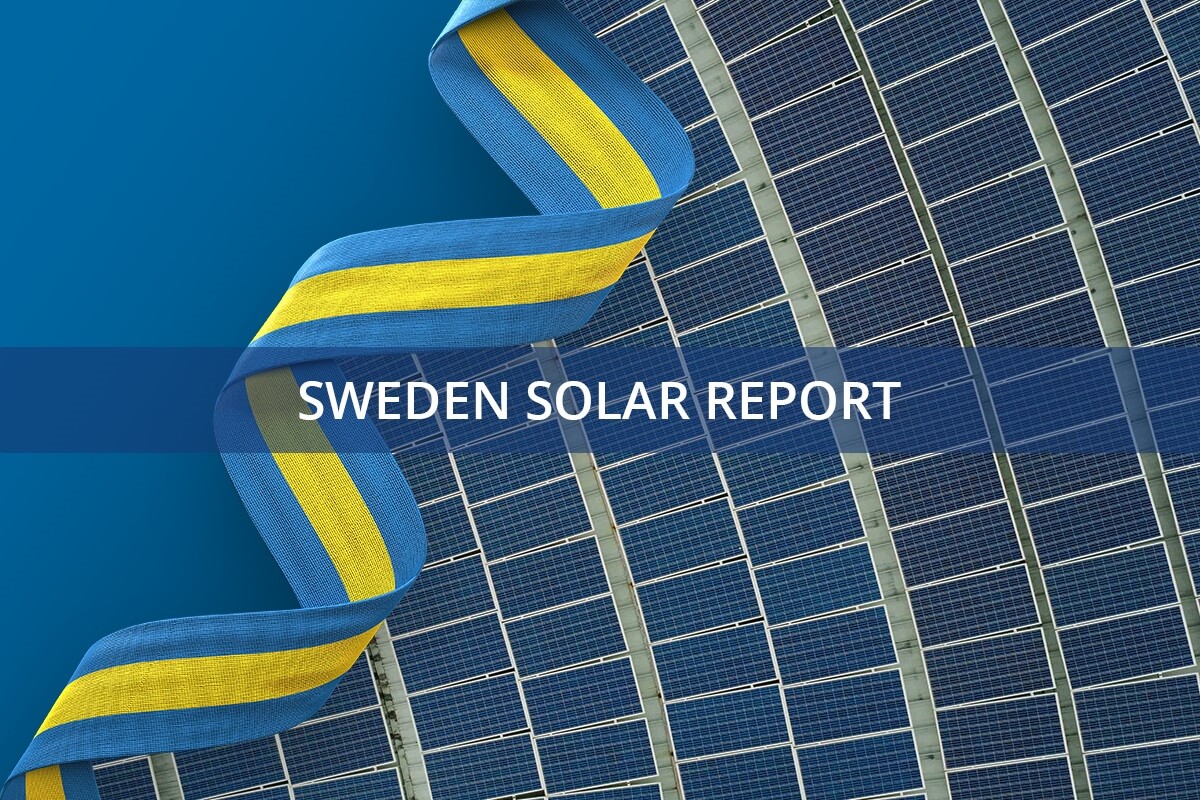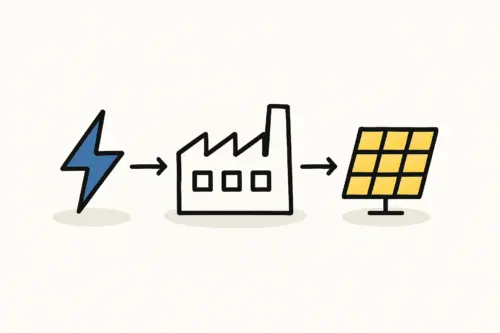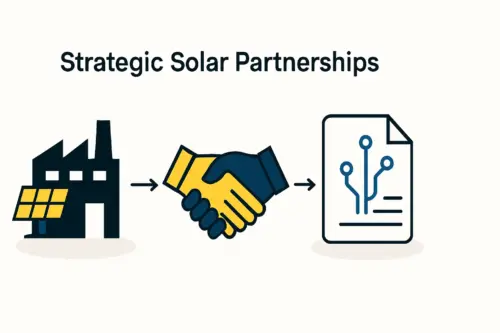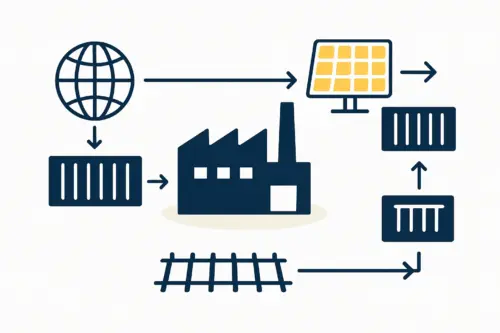Sweden’s commitment to achieving net-zero emissions by 2045 presents a significant opportunity for industrial innovators. This national objective is more than a policy statement; it’s backed by substantial financial incentives designed to accelerate the transition. For entrepreneurs and established businesses planning to invest in green technology—such as advanced solar module manufacturing—understanding these support mechanisms is a critical first step.
One of the most prominent of these programs is ‘Industriklivet’ (the Industrial Leap), managed by the Swedish Energy Agency (Energimyndigheten). This article provides a clear overview of the program, outlining its purpose, eligibility criteria, and application process to help you determine if it’s the right fit for your project’s financial strategy.
Understanding Industriklivet: A Strategic Overview
Industriklivet is a long-term government initiative designed to support Swedish industry in its transition toward net-zero emissions. The program’s core objective is to fund projects that can contribute significantly and permanently to reducing Sweden’s carbon footprint.
This isn’t a general business grant; its focus is exclusively on projects with a clear and measurable climate benefit. This includes initiatives that:
- Implement new, low-emission technologies on a commercial scale.
- Develop processes to achieve negative emissions (e.g., carbon capture).
- Strategically reduce process-related industrial emissions.
Experience with similar large-scale industrial projects shows that securing such funding can be a transformative step, validating a project’s climate credentials while significantly improving its financial viability. For investors entering a new sector like solar module manufacturing, this type of government backing provides a solid foundation.

Is Your Project Eligible? Key Criteria for Applicants
To qualify for support from Industriklivet, both the applicant and the project must meet specific criteria. The program is designed for serious, well-structured industrial ventures with the potential for substantial impact.
Applicant Requirements
The applicant must be a legal entity, such as a company or an economic association, that operates or intends to operate in Sweden. This means international companies are eligible, provided they establish a Swedish legal entity to manage the project. Collaboration between multiple organizations is also encouraged.
Project Requirements
The proposed project must demonstrate a clear contribution to Sweden’s climate goals. Key considerations include:
- Significant Emission Reduction: The project must lead to a substantial and lasting reduction in greenhouse gas emissions. Applicants must quantify this potential reduction with clear calculations.
- Technological Innovation: The grant typically supports the implementation of new technologies or first-of-their-kind applications that go beyond standard incremental improvements.
- Financial Viability: The project must have a credible long-term business plan. Industriklivet is designed to overcome the initial financial hurdles of green technology, not to subsidize unprofitable operations indefinitely.
- Location: The project and its associated investment must be located within Sweden.
For example, establishing a modern solar panel production facility that uses low-carbon manufacturing processes and contributes to a fossil-free energy supply chain would be a strong candidate. The project’s investment requirements and financial projections form a central part of the evaluation.
Ready to make big Profits?
The solar Industry is Booming
WE HELP NEWCOMERS to the solar industry start their own solar module production line. Customers can make BIG PROFITS by selling modules and finding investors, without wasting money and time on things they don't need!
The Application Process: A Step-by-Step Guide
The Swedish Energy Agency follows a structured, transparent process for Industriklivet applications—a thorough approach designed to ensure public funds are directed toward the most impactful projects.
Step 1: Initial Consultation and Dialogue
Before submitting a formal application, applicants are strongly encouraged to contact the Swedish Energy Agency. This initial discussion allows you to present your project idea and receive preliminary feedback on its alignment with the program’s objectives.
Step 2: Preparing the Formal Application
The application is comprehensive, requiring detailed information about the project’s technical, financial, and environmental aspects. Key components typically include:
- A detailed project description and implementation plan.
- A robust business plan with financial forecasts.
- Calculations demonstrating the potential for greenhouse gas reduction.
- An analysis of project risks and mitigation strategies.
Step 3: Assessment and Evaluation
Once submitted, the application is reviewed by the Swedish Energy Agency. The evaluation process assesses the project against several criteria, including its climate benefit, potential for innovation, cost-effectiveness, and the applicant’s ability to successfully implement it.
Step 4: Decision and Grant Agreement
Successful applicants receive a formal decision and are invited to enter into a grant agreement. This document outlines the terms of the funding, including the total amount, payment schedule, and reporting requirements.
Step 5: Project Implementation and Reporting
Throughout the project’s duration, the recipient must provide regular progress and financial reports to the agency to ensure compliance with the agreement.
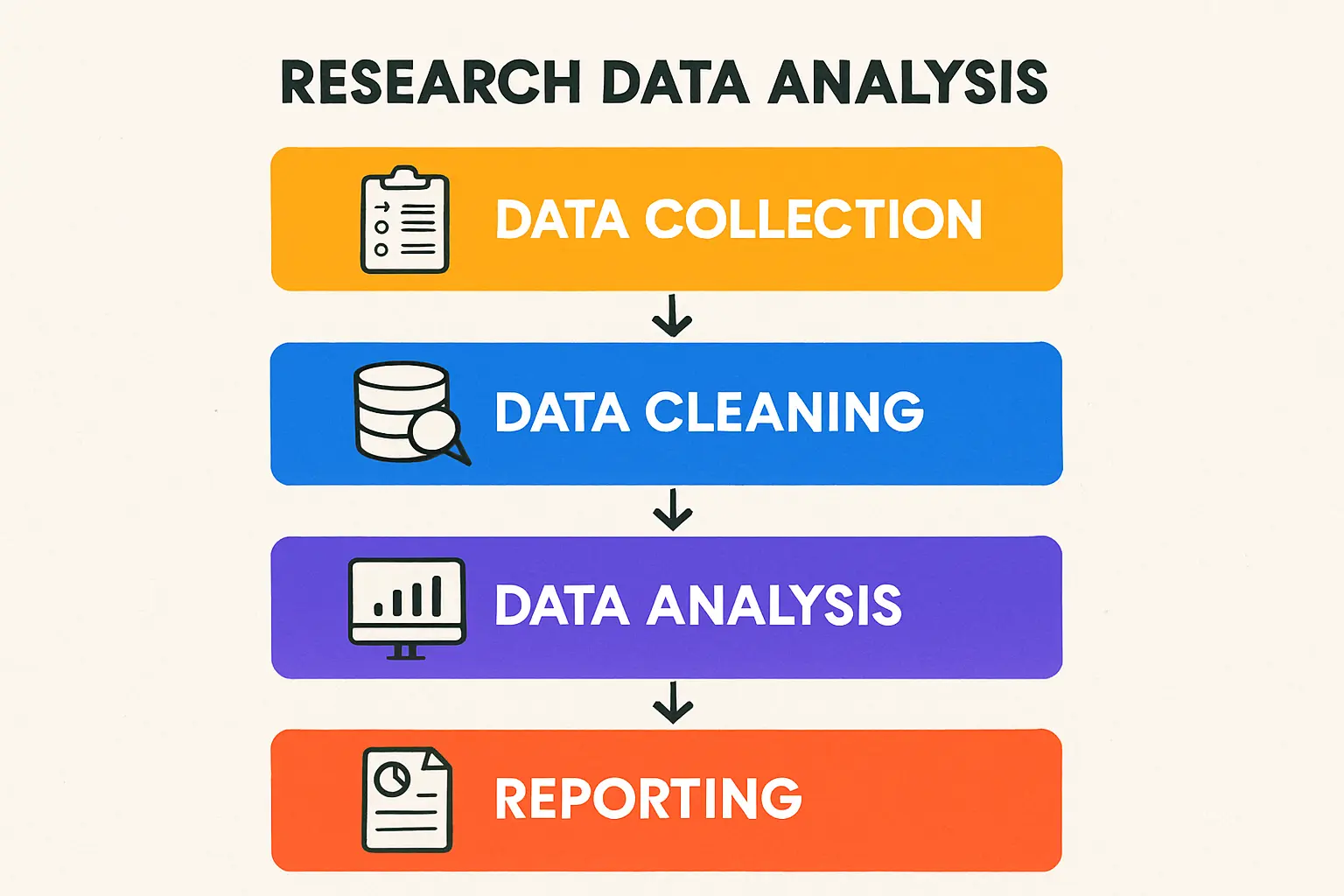
Financial Framework: Understanding Co-financing
Crucially, Industriklivet is a co-financing program. This means the grant does not cover 100% of the project costs. While the level of support varies depending on the project’s nature, its innovative character, and the size of the company, applicants are always required to contribute a significant portion of the total investment.
This co-financing model ensures that applicants have a strong vested interest in the project’s success and demonstrates its commercial potential to the review committee.
Frequently Asked Questions (FAQ)
-
What is the typical size of projects funded by Industriklivet?
The program supports a wide range of projects, from large-scale industrial installations costing hundreds of millions of euros to smaller, highly innovative pilot projects. The key factor is the project’s potential climate impact relative to its cost. -
Can the grant be used to cover operational costs?
No, the funding is primarily for investments in physical assets, research and development, and other capital expenditures directly related to the project’s implementation. It is not intended to cover day-to-day operational expenses. -
How long does the application process typically take?
The timeline can vary significantly depending on the project’s complexity. From initial contact to a final decision, the process can take several months. Applicants should begin the dialogue with the Swedish Energy Agency well in advance of their planned project start date. -
Is it possible for a non-Swedish company to apply?
Yes, but the project must be managed by a Swedish-registered company (e.g., an ‘aktiebolag’ or AB), and the investment must take place in Sweden. International parent companies often establish a Swedish subsidiary for this purpose.

Conclusion: A Strategic Path to Green Industrial Investment
The Industriklivet program offers a powerful financial tool for businesses committed to participating in Sweden’s industrial transformation. While the application process is rigorous, it provides a structured pathway for well-prepared projects to secure the capital needed to deploy innovative, low-carbon technologies.
For any entrepreneur or company considering a major green investment in Sweden, evaluating this program is an essential step. A successful application hinges on a meticulously prepared project plan that demonstrates both technical feasibility and long-term commercial viability.

